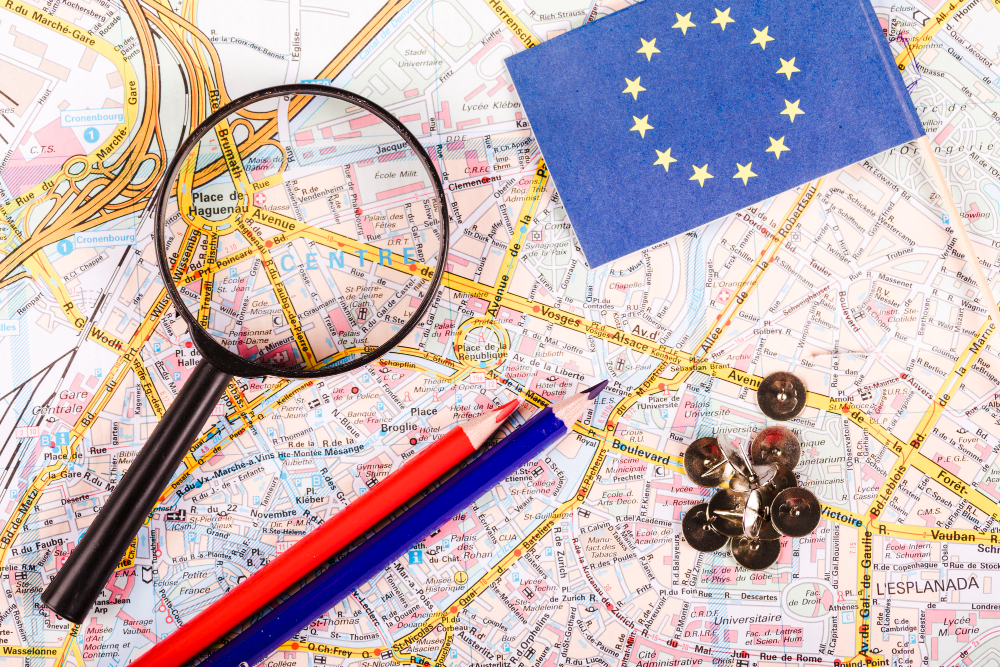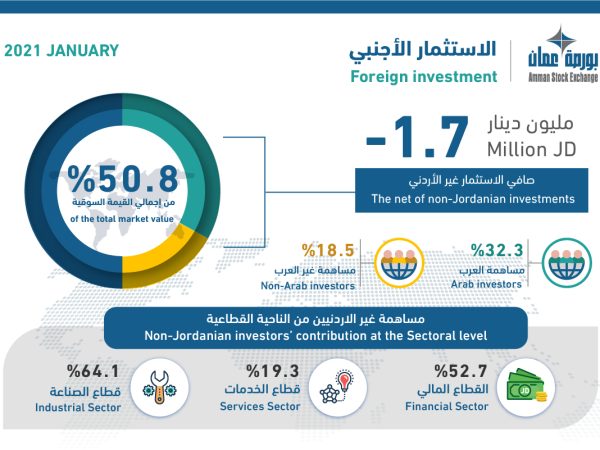The Financial Heartbeat of Europe: London’s Thriving Business Districts

London, often regarded as the financial heartbeat of Europe, pulsates with a diverse array of business districts that collectively form the nucleus of the city’s economic prowess. From the historic streets of the City of London to the modern skyscrapers of Canary Wharf, these districts exemplify London’s stature as a global financial hub. In this article, we delve into the vibrant tapestry of London’s business districts, exploring their unique characteristics, contributions to the economy, and the factors that make them essential components of the city’s financial ecosystem.
A Mosaic of Distinct Business Districts
The City of London: Where Tradition Meets Finance
The City of London, often referred to simply as “The City,” is the historic nucleus of London’s financial activities. With a history spanning over a thousand years, this district exudes a unique blend of tradition and modernity. It hosts the Bank of England, the Royal Exchange, and iconic institutions that have shaped global finance. The district’s narrow streets are juxtaposed against towering skyscrapers, creating a fascinating architectural contrast that embodies London’s financial evolution.
Canary Wharf: A Modern Financial Marvel
Canary Wharf, situated on the Isle of Dogs, has emerged as a symbol of London’s contemporary financial prowess. Once a dormant docklands area, it has transformed into a vibrant business district with sleek glass towers housing multinational banks, financial institutions, and professional services firms. The allure of modern infrastructure, water-front views, and extensive transport links has attracted a multitude of global businesses, solidifying Canary Wharf’s status as a commercial juggernaut.
West End: Where Finance and Creativity Converge
The West End isn’t just renowned for its theaters and cultural attractions; it also harbors a significant financial presence. This district is home to a variety of financial institutions, law firms, and media companies, drawn by the allure of a prime location and the creative energy that permeates the area. The West End encapsulates the synergy between London’s financial prowess and its vibrant creative industries.
Tech City: Innovation in the East End
The East End’s Tech City, also known as Silicon Roundabout, has rapidly risen as a technology and innovation hotspot. This district is home to a burgeoning startup ecosystem, tech giants, and venture capital firms. Its proximity to leading universities and a vibrant community of tech enthusiasts has fostered an environment conducive to innovation and entrepreneurship.
King’s Cross: A Hub of Connectivity
King’s Cross has undergone a transformative redevelopment, evolving from a transportation hub into a thriving business district. Its proximity to major rail links and the Eurostar terminal has attracted a range of businesses, including tech companies, research institutions, and creative enterprises. With its mix of office spaces, retail outlets, and cultural amenities, King’s Cross has become a hub of connectivity and collaboration.
Contributions to the Economy and Beyond
Driving Economic Growth
London’s business districts collectively contribute significantly to the city’s economic growth. They generate substantial tax revenue, provide employment opportunities, and attract foreign investment, all of which have a cascading positive impact on the broader economy.
Global Financial Services Hub
The concentration of financial institutions in districts like The City and Canary Wharf solidifies London’s reputation as a global financial services hub. These districts facilitate capital flows, investment, and financial innovation, playing a crucial role in shaping the global financial landscape.
Fostering Innovation and Entrepreneurship
Tech City and other innovation-focused districts provide fertile ground for startups and technology-driven businesses. These hubs nurture innovation, encourage collaboration, and provide access to funding and mentorship, fostering the growth of disruptive technologies and business models.
Cultural and Lifestyle Benefits
Business districts like the West End and King’s Cross offer more than just economic benefits. They enhance the city’s cultural vibrancy by hosting theaters, art galleries, and cultural events. The integration of workspaces, residential areas, and recreational facilities creates dynamic, livable neighborhoods.
Frequently Asked Questions
What makes London’s business districts attractive to international businesses?
London’s business districts offer a combination of factors, including robust infrastructure, a skilled workforce, access to global markets, and a diverse business ecosystem. The districts’ unique characteristics cater to a variety of industries and business needs.
How do these districts contribute to London’s global competitiveness?
These districts collectively create an ecosystem that promotes innovation, trade, and financial activity. Their concentration of expertise, resources, and infrastructure enhances London’s global competitiveness as a financial and business hub.
Are these districts interconnected, or do they operate independently?
While each district has its own identity, they are interconnected through London’s comprehensive transportation network. This connectivity facilitates the movement of people, goods, and information, enabling businesses to collaborate and operate seamlessly across districts.
How does the historical significance of districts like The City impact their modern-day functions?
The historical significance of districts like The City adds a layer of prestige and gravitas to their modern functions. It showcases London’s continuity as a financial center while adapting to contemporary demands.
How have these districts evolved in response to changing business trends?
London’s business districts have adapted by embracing technological advancements, promoting sustainable practices, and diversifying their offerings. For example, they have incorporated flexible office spaces, supported green initiatives, and embraced the digital transformation of finance and other sectors.
In conclusion, London’s thriving business districts collectively form the financial heartbeat of Europe. From the historical gravitas of The City to the modern allure of Canary Wharf and the innovation-driven Tech City, each district contributes uniquely to the city’s economic vibrancy and global influence. These districts encapsulate London’s ability to blend tradition with modernity, creativity with finance, and connectivity with innovation—a testament to the multifaceted nature of this global financial capital.
Also Read: Navigating London’s Business Landscape: Opportunities and Challenges








